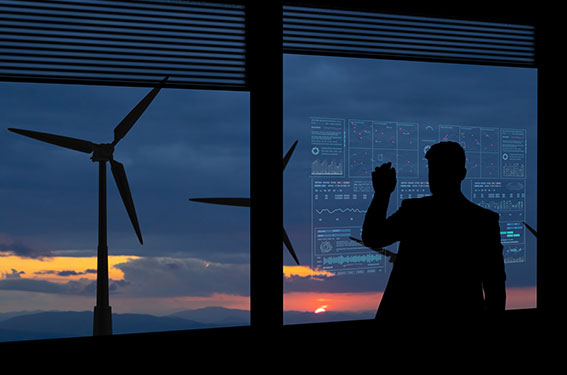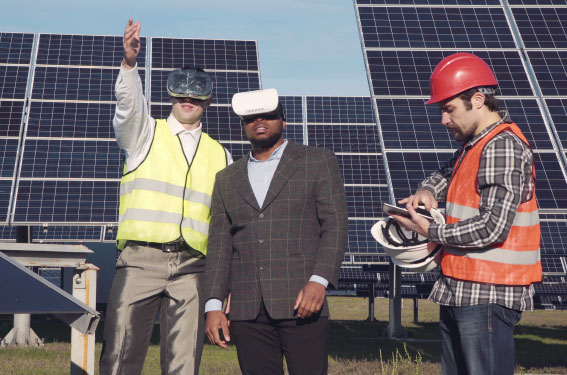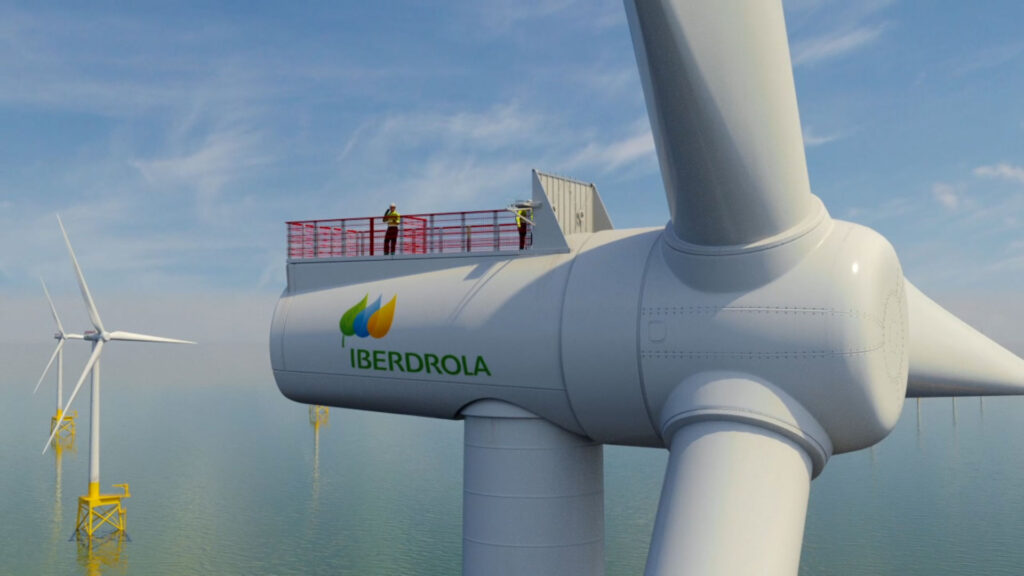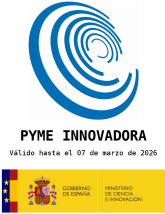Renewable Energies

Renewable energies could fall within the Energy category, but they have grown so much in recent years that they already have their own methods to focus the messages that must be shared in order to compete with current energy technologies.
Raising awareness about the way in which energy is obtained
The greatest and/or best characteristic about renewable energies is that they are more environmentally friendly because of the way energy is obtained from them.
Moreover, they have an innovative nature meaning that the way they are used is sufficiently characteristic or remarkable enough to separate them from energy as a whole.


Production of 3D videos to share what's essential
In this case, 3D video productions are not just focused on mere explanatory processes, but also on presenting how these types of energies can be optimized and protect the environment more than typical energy sources.
In other words, it represents a way to stand out from the competition.
Virtual reality and augmented reality in renewable energies
Virtual and augmented reality technologies help people understand these processes in a more immersive and interactive manner.
They create a major visual impact
These technologies can be visualized before being deployed to discover possible visual impact problems and thus enable them to be more compatible with the place where they are going to be installed. The use of augmented reality is more suited to the latter case.
Other applications in the renewable energy sector
Augmented reality and virtual reality technologies provide this sector with many possibilities that facilitate oversight and resource management, including:
- The possibility of managing these types of plants remotely through the use of virtual reality thanks to its high level of automation and low reactivity depending on the actions taken remotely.
- The use of augmented reality at plants to obtain data in the field while far from the plant’s data processing centre.
The use of this technology makes it possible to maintain closer contact with assembly processes and gives an accurate vision of the evolution and status of the processes.
These technologies also contribute to and make it easier to train on these issues and understand them.






